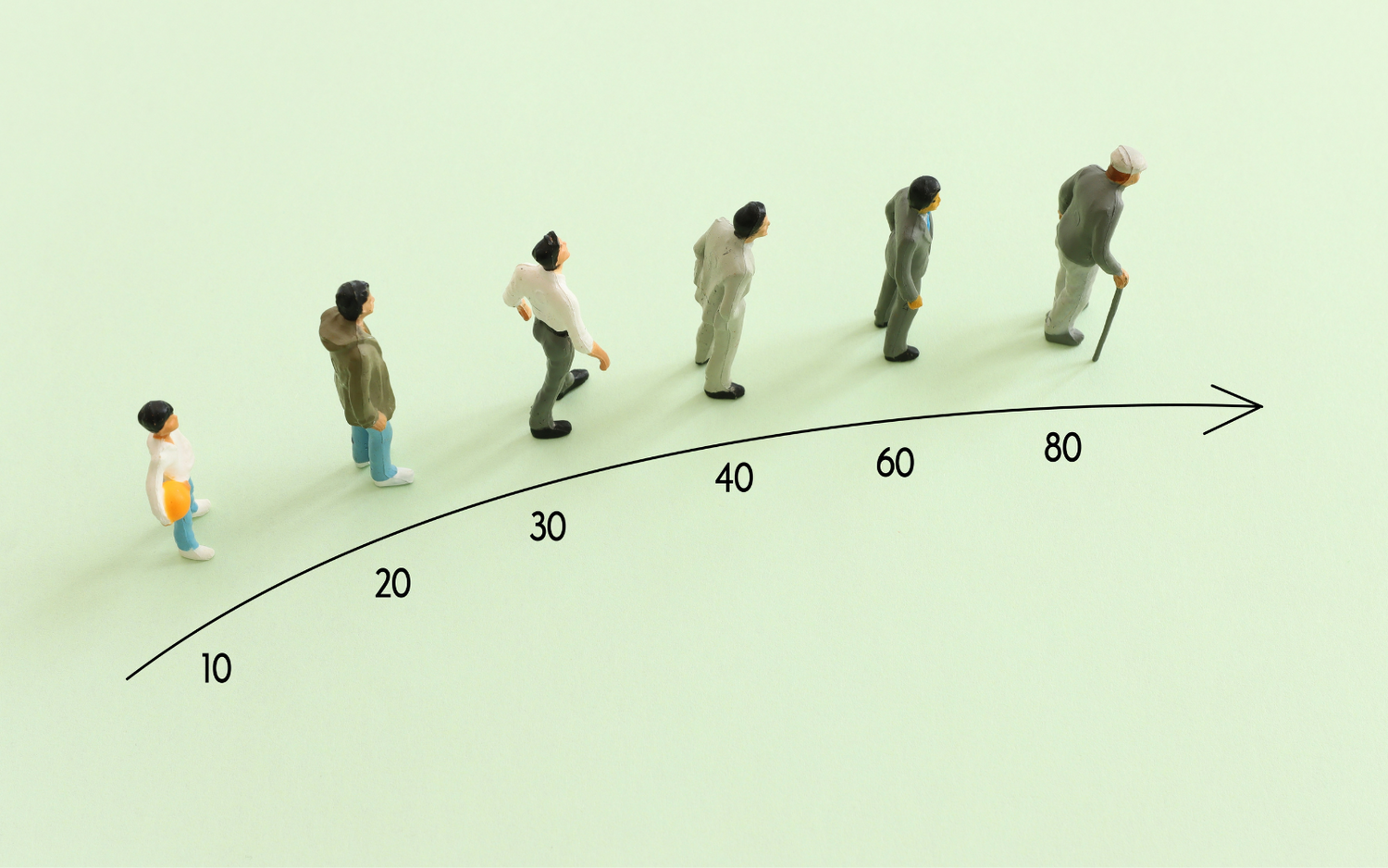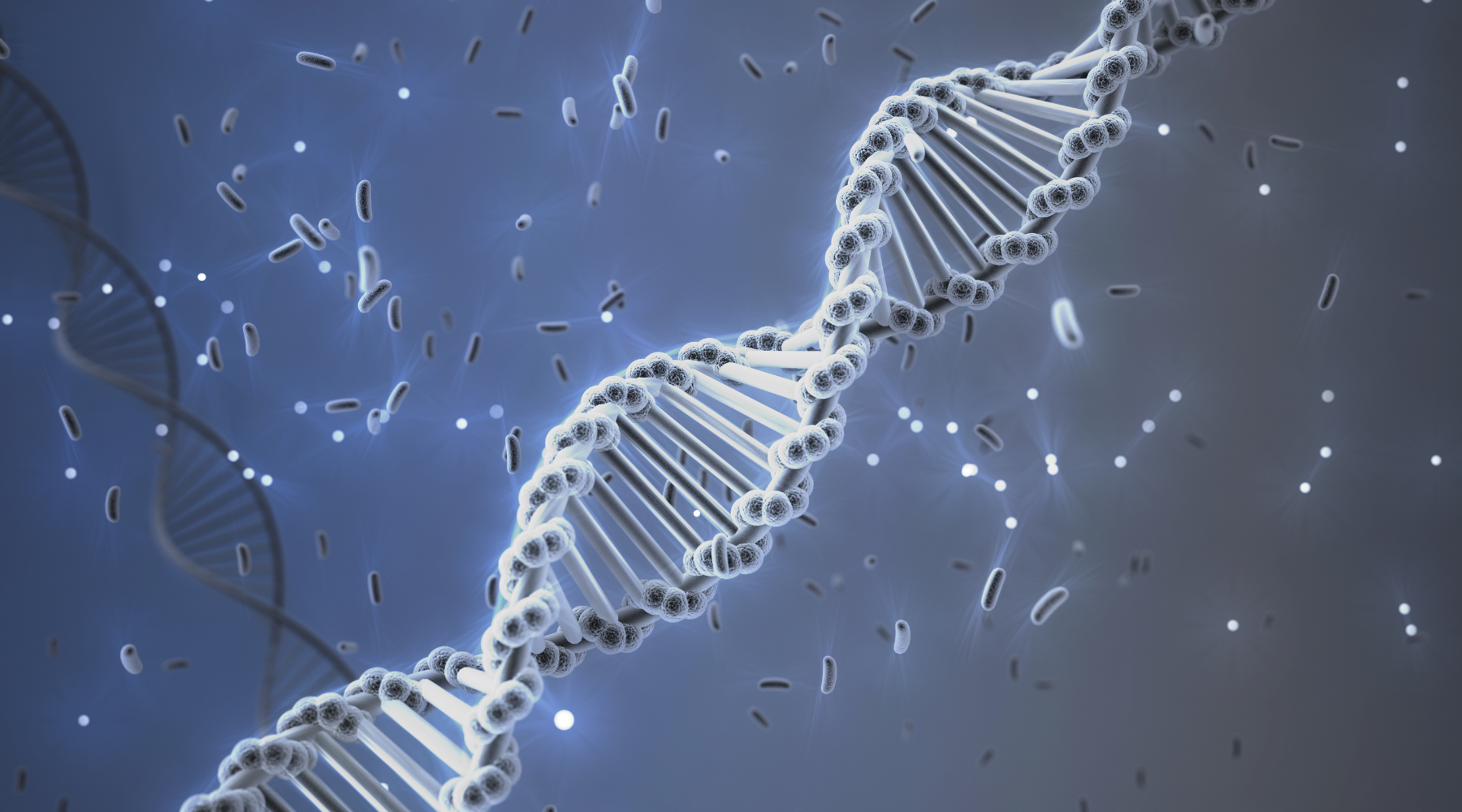Today we’re talking about the hallmarks of aging. No, we’re not talking about the visual signals like gray hair, wrinkles, or failing eyes. Why don’t we stay forever cherubic? You may be more understanding if you had a too many glasses of wine last night. But, in general, what’s slowing us down and causing all these changes? To get there, we look at what’s going on at the cellular level.
The Hallmark of Aging Criteria
In a landmark paper published in Cell (that’s a really good one) in 2013, Lopez-Otin et al set forth the hallmarks of aging [1]. With the goal of capturing the paradigm of aging, they describe and define nine molecular, cellular, and systemic contributors to aging. Ten years of research only confirmed and extended the importance of these hallmarks. But, ten years of research also revealed additional hallmarks. In 2023, Lopez-Otin et al revised published a second paper in Cell [2] with 12 hallmarks. Their criteria for the hallmarks, however, remained the same.
To be named a hallmark of aging, it fulfills (to varying the degrees) the following three criteria:
- It should manifest or happen during normal aging
- Experimental acceleration or increase of the hallmark accelerates normal aging
- Experimental reduction of the hallmark slows normal aging
The third criterion is obviously the most exciting—reduce or stop a hallmark and increase the healthy lifespan. That’s certainly a pill I would buy. But, it’s also the most difficult to achieve or prove in the lab. Lopez-Otin and team explain this, particularly for the hallmarks for which this criterion is not fulfilled, by citing their “extensive interconnectedness.” That means, that the hallmarks work in combination to cause aging.
What causes aging?
It could be helpful at this point to broadly define the cause of aging, at least how many scientists see it. Aging is caused by “the time-dependent accumulation of cellular damage.” This means, as we age, damage in the cells accumulates and the cell’s ability to function declines; this reduction in function—sometimes called a loss of integrity—is the primary risk factor for many diseases including, and this is just a sample, cancer, diabetes, cardiovascular disorders, and neurodegenerative diseases and death.
The aging car (cell)
Let’s think of a cell as a shiny new car. At first, most cars function perfectly. But, regular maintenance is required—keeping it clean and replacing parts (autophagy) and addressing computer glitches (DNA repair), for example. But, with wear and tear, even despite this maintenance, parts may fail (loss of integrity). If they aren’t repaired or replaced, for whatever reason, the damage spreads to other parts. Then, the car breaks down—blowing a gasket (heart attack, if you will)—and the mechanic suggests that the damage is irreparable. You may send it to the junkyard (cell death). To a degree, though oversimplified, this is what happens to cells as they age.
So, what is causing the damage?
Wine. I am just kidding, but a brief released this year by the World Heart Federation suggests that any level of drinking can lead to loss of healthy life [3]. Cry with me.
The hallmarks are broken down into three groups: primary, antagonistic, and integrative. In this blog series, we will explore each hallmark in turn. But for this, the introduction, we will briefly introduce the groups and the hallmarks.
The primary hallmarks of aging
The primary group is so named because they are the primary causes of cellular damage.
For example, the first hallmark, genomic instability, essentially means accumulated DNA damage to a destabilizing degree. To follow the analogy above, a simple comparison might be glitches in the car’s computer to the point where it is either nonfunctional or tells you that you are in Bristol, when you are, in fact, in Bath. You don’t want this to happen to your cells’ DNA or your car’s computer.
Included in this group are the following:
- Genomic instability
- Telomere shortening
- Epigenetic alterations
- Loss of proteostasis
- Disabled macroautophagy*
The antagonistic hallmarks of aging
The antagonistic group are so named because they are responses to the primary hallmarks. In contrast to the primary hallmarks, antagonistic hallmarks have opposite effects depending on their intensity. At first, at low levels, these responses mitigate the damage caused by the primary hallmarks, but eventually they become harmful themselves. For example, the eighth hallmark, senescence, or cell cycle arrest, can protect the organism from cancer (uncontrolled cell cycles); but, in excess, can promote aging.
Included in this group are the following:
- Deregulated nutrient sensing
- Mitochondrial dysfunction
- Cellular senescence
They can be viewed as being designed for protecting the organism from damage or nutrient scarcity, but “when exacerbated or chronic, they subvert their purpose and generate further damage.”
The integrative hallmarks of aging
The integrative hallmarks arise when the accumulated damage caused by the primary and antagonistic hallmarks cannot be compensated by the cell’s mechanisms to promote homeostasis; this includes reparative processes, for example, comparable to the regular maintenance offered by the mechanic in the example above.
Integrative hallmarks lead to further deterioration of cells that are ultimately responsible for aging. Included in this group are the following:
- Stem cell exhaustion
- Altered intercellular communication
- Chronic inflammation*
- Dysbiosis*
Why the “Hallmarks of Aging”?
Lopez-Otin et al’s 2013 paper inspired nearly 300,000 articles on the molecular mechanisms of aging including interventions that, through mitigation of one or more of hallmarks, promote the human health span. We are still talking about it over ten years later and the number of studies and papers continues to rise.
Of course, they are not alone in their interest in the paradigm of aging as it is the primary risk factor for most human disease. And, other papers put forward additional hallmarks. An aging meeting in Copenhagen in 2022, for example, agreed on 14 hallmarks of aging [4]; adding altered mechanical properties and splicing dysregulation and leaving room for more hallmarks as research and time progress.
We, however, are sticking with Lopez-Otin et al because, after withstanding the scrutiny and investigation of many over the last ten years, there is ample evidence that it is a good framework, for scientists and aging bloggers alike, to explore what we know, how we know it, and how we might live better for longer.
*2023 addition to the hallmarks of aging
References
3. The impact of alcohol consumption on Cardiovascular Health (2023) World Heart Federation. Available at: https://world-heart-federation.org/news/no-amount-of-alcohol-is-good-for-the-heart-says-world-heart-federation/#:~:text=Studies%20have%20shown%20that%20even,%2C%20atrial%20fibrillation%2C%20and%20aneurysm (Accessed: 22 May 2024).





Leave a comment
All comments are moderated before being published.
This site is protected by hCaptcha and the hCaptcha Privacy Policy and Terms of Service apply.